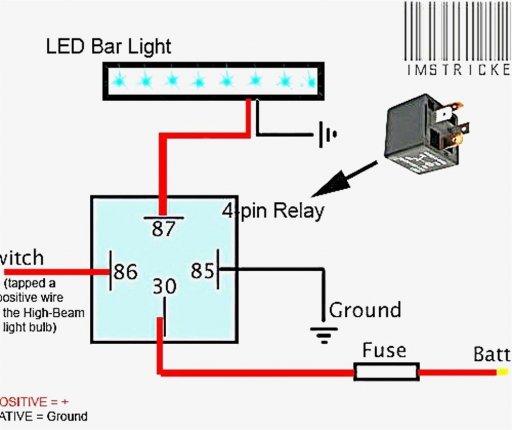
Enthusiast III
I have done a bit of simple wiring for lights, USB ports etc.
On a simple switch for a single light, I have ran the power straight from the battery to the light (with a fuse inline) and then put the switch on the ground or negative. Is this a good practice or should the switch be on the power side?
On a simple switch for a single light, I have ran the power straight from the battery to the light (with a fuse inline) and then put the switch on the ground or negative. Is this a good practice or should the switch be on the power side?





